 Some of you may remember the Scale & Arpeggio Fingering reference sheet I posted in December of 2010. About a month ago, a friendly reader made some very helpful suggestions for improvement, and so I spent quite a bit of time revising the printable. It’s called “Scale and Arpeggio Fingering for Piano (2 Octaves)” and you can find it on the Printables > Other Resources page.
Some of you may remember the Scale & Arpeggio Fingering reference sheet I posted in December of 2010. About a month ago, a friendly reader made some very helpful suggestions for improvement, and so I spent quite a bit of time revising the printable. It’s called “Scale and Arpeggio Fingering for Piano (2 Octaves)” and you can find it on the Printables > Other Resources page.
I originally created this printable with my intermediate/advanced students in mind who are working on 2- and 4- octave scales/arpeggios and have trouble keeping all their fingerings straight in their head once they start getting them under their fingers. It’s nice to have a guide tucked inside the front cover of a book to refer to now and then!
The document contains three pages:
Page 1: Rules and tricks for remembering scale and arpeggio fingerings (as shown on the right).
Page 2: A listing of the fingerings for each Major and Harmonic Minor scale/arpeggio (2-octave) for piano.
Page 3: A continuation of page 2.
Of course, there are a few different ways to finger scales and arpeggios, so I’m sorry if the fingerings listed in this printable do not correspond with the ones you prefer to teach your students. These are the ones I like to use, and I thought I’d share it with anyone who might happen to find it useful.
If anyone else finds typos or inconsistencies, please let me know! I did my best to proof-read the fingerings, but it is certainly possible that I still may have missed something!
 Scale and Arpeggio Fingerings (2 Octaves) Reference Sheet (86.0 KiB, 141,924 hits)
Scale and Arpeggio Fingerings (2 Octaves) Reference Sheet (86.0 KiB, 141,924 hits)
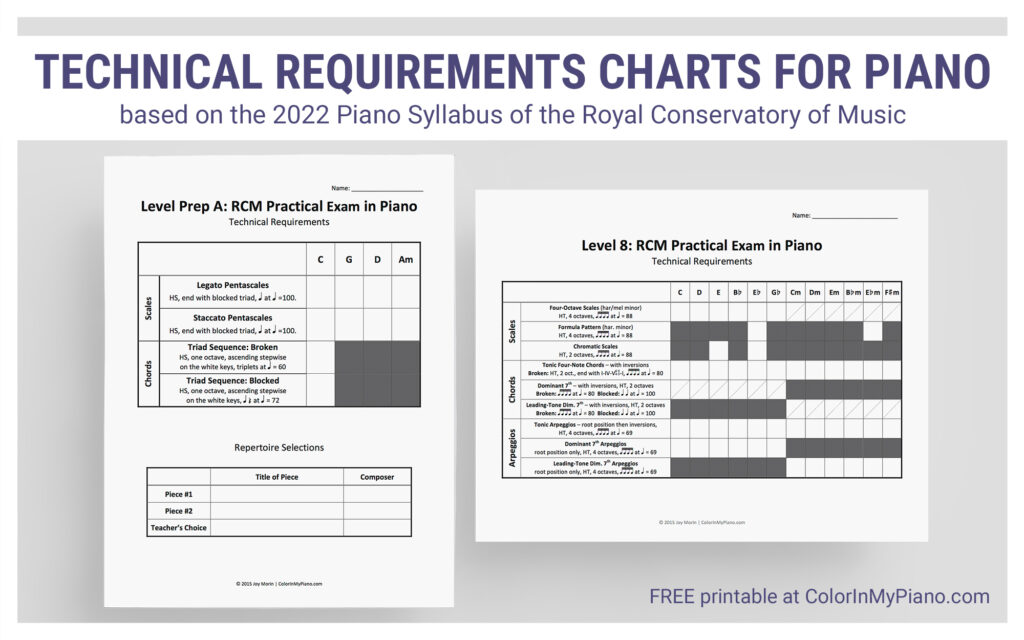


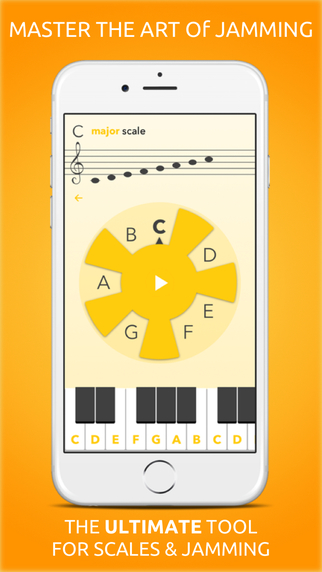
 I’m excited to write this app review, because it is one of the most well-designed and useful apps I’ve come across lately!
I’m excited to write this app review, because it is one of the most well-designed and useful apps I’ve come across lately!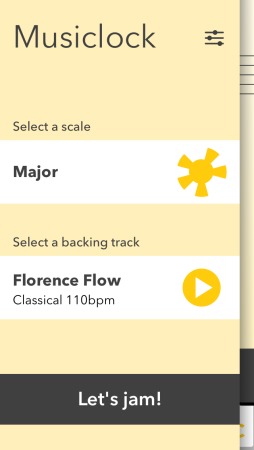
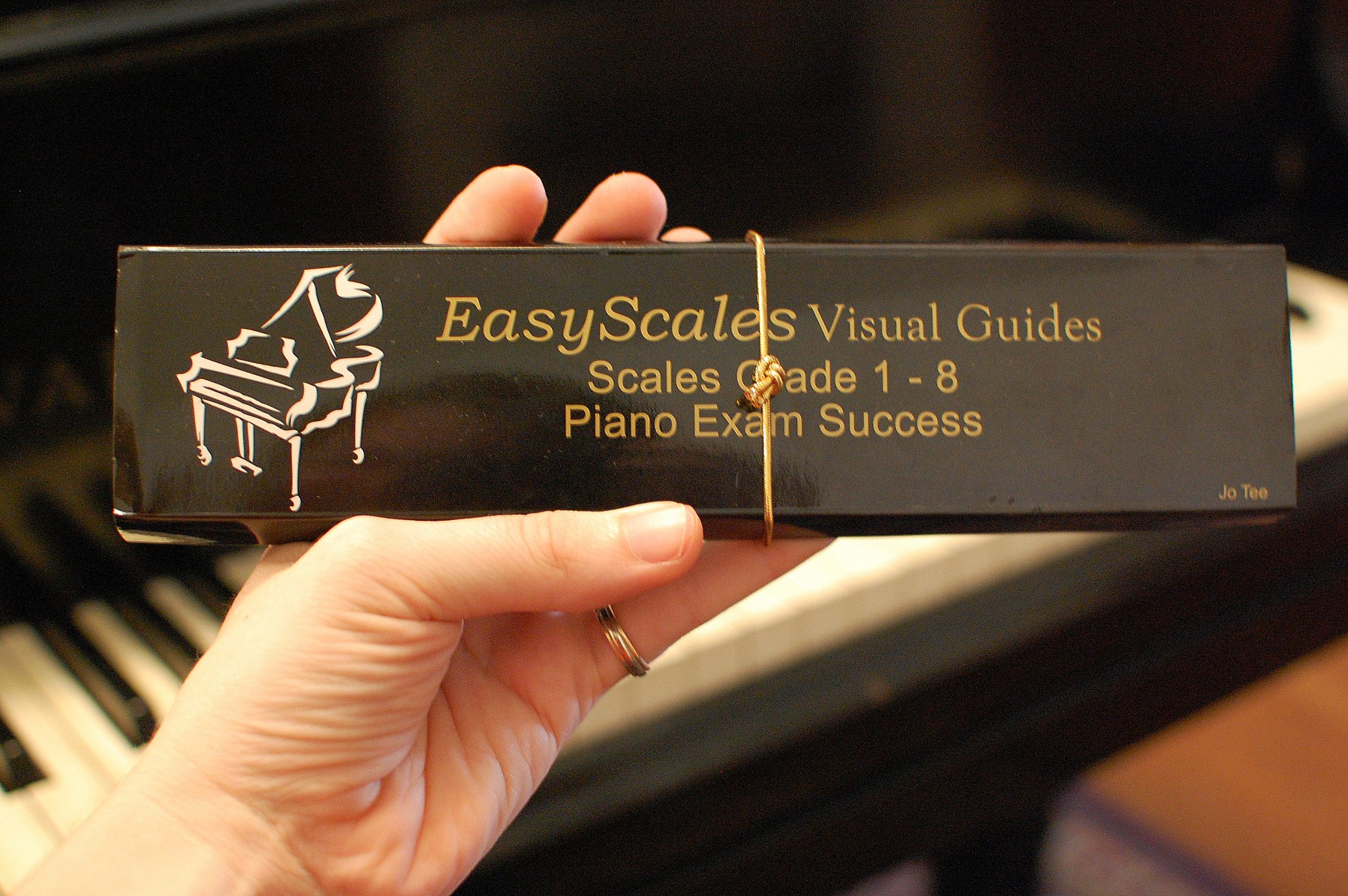
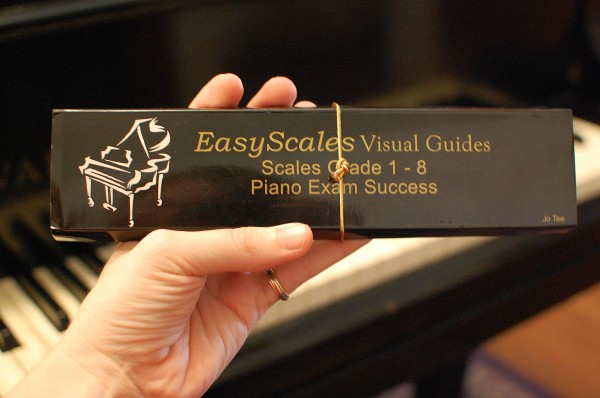
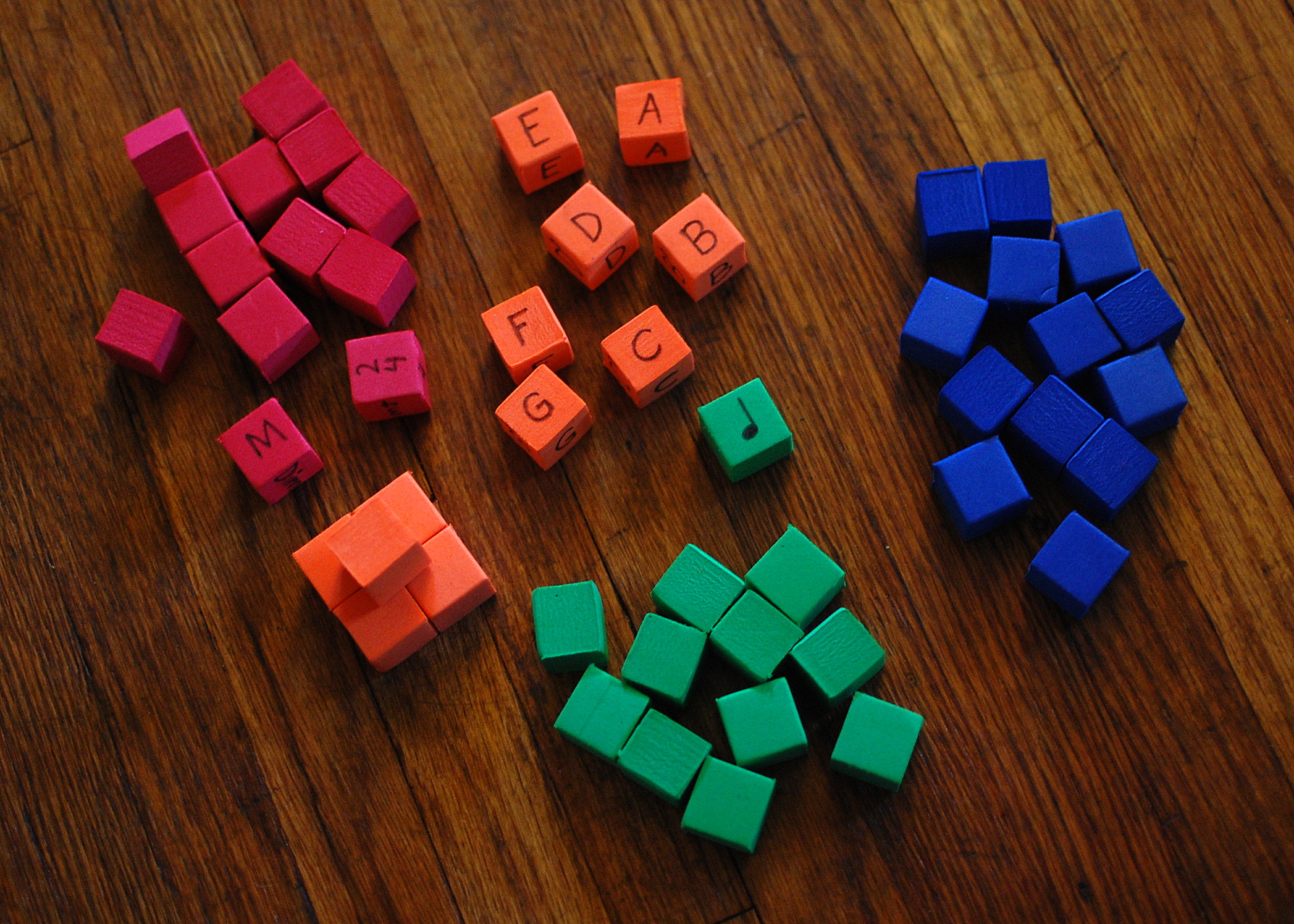
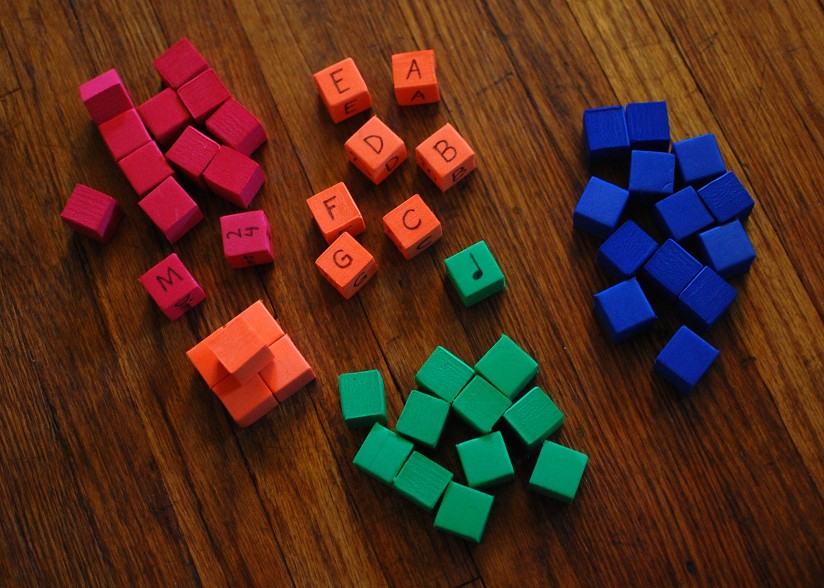
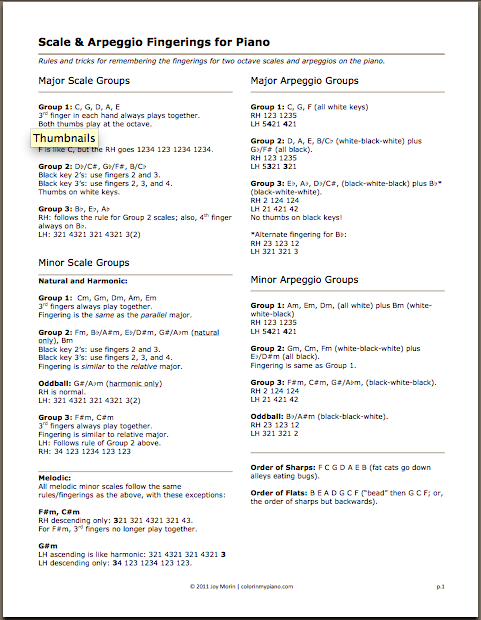
 Some of you may remember the
Some of you may remember the 
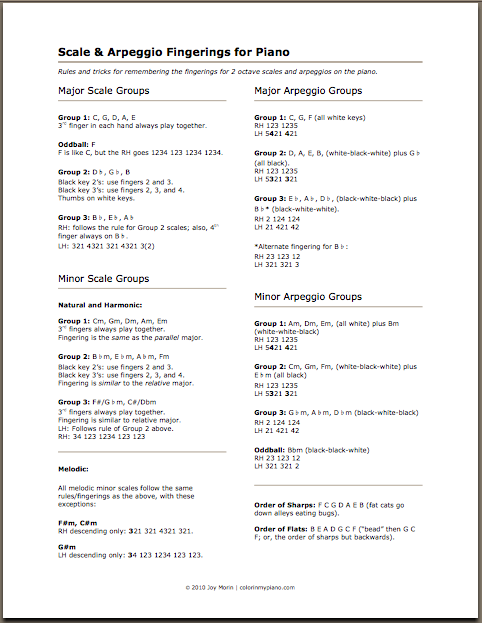
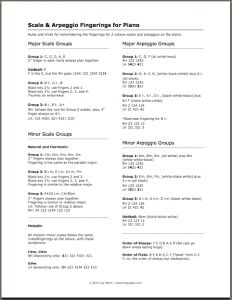
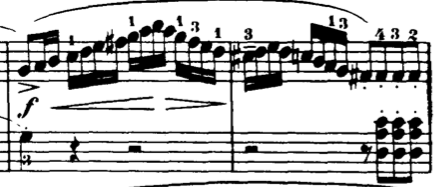
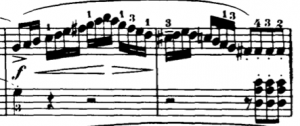
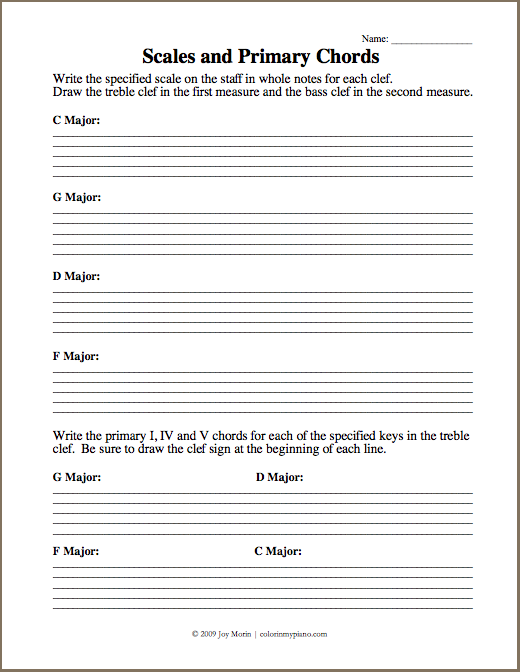
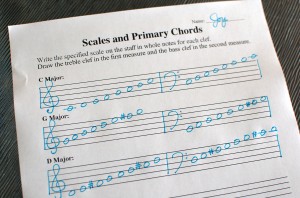 Just added: a new free, printable worksheet called:
Just added: a new free, printable worksheet called:
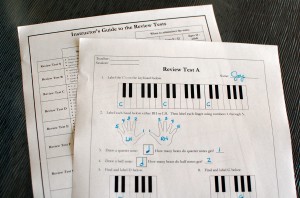 If you navigate over to the
If you navigate over to the